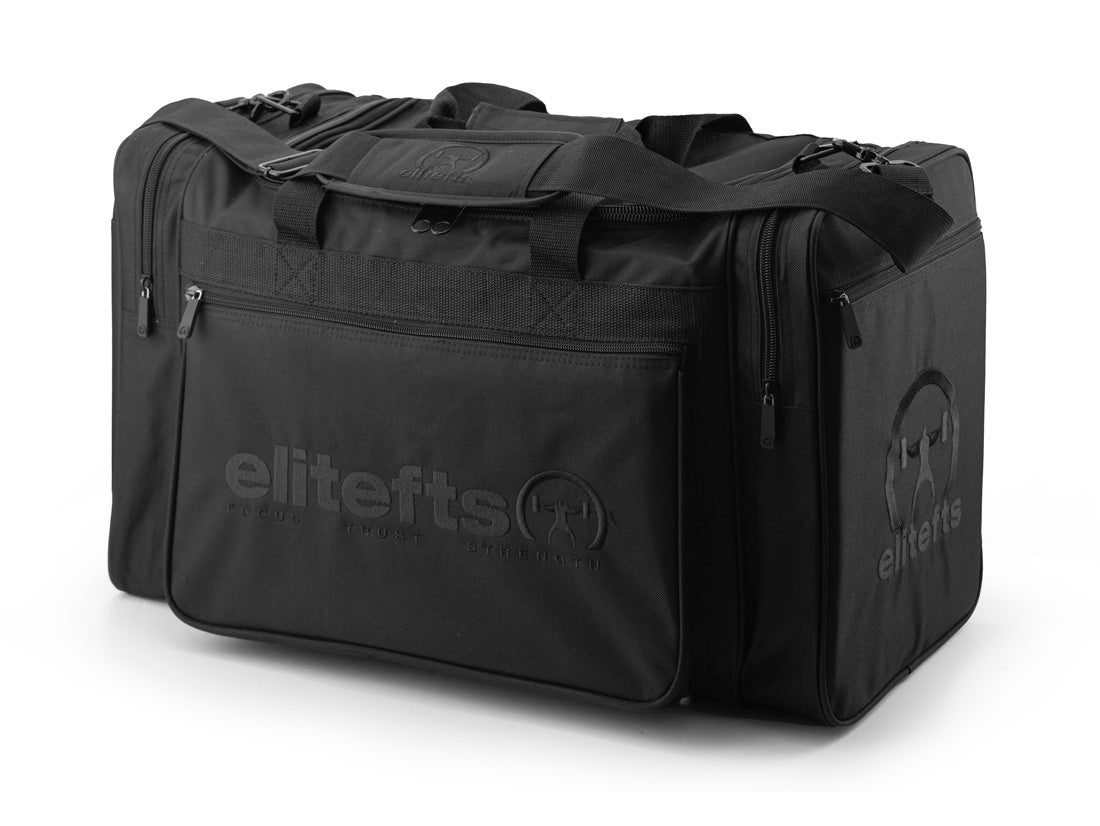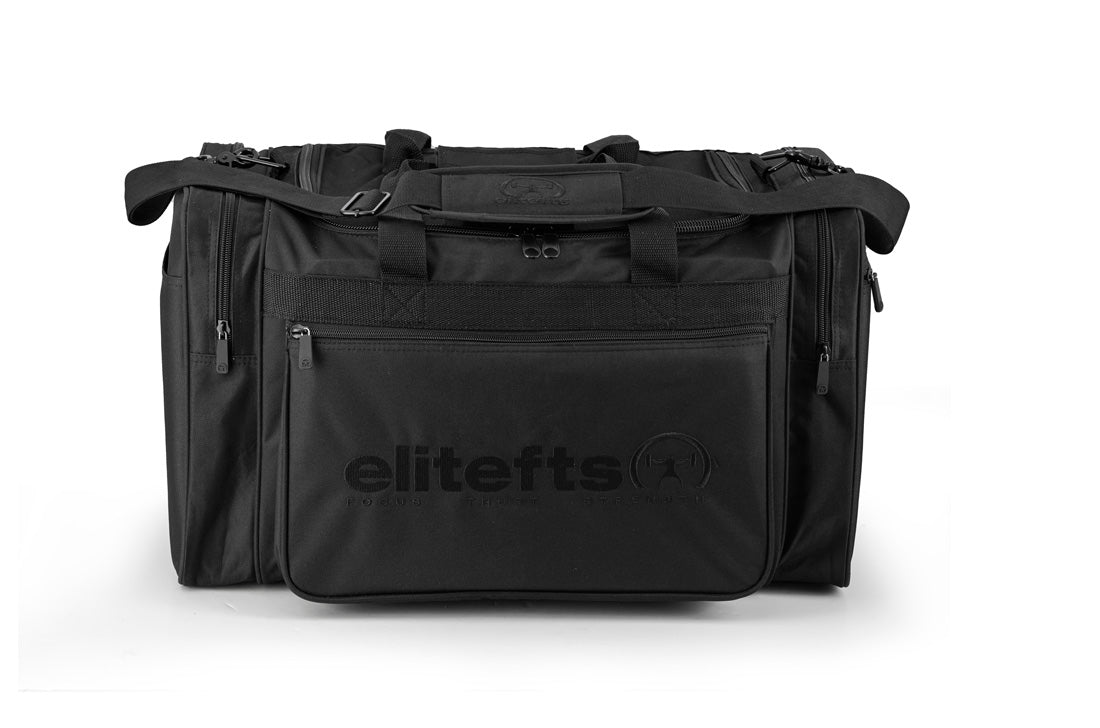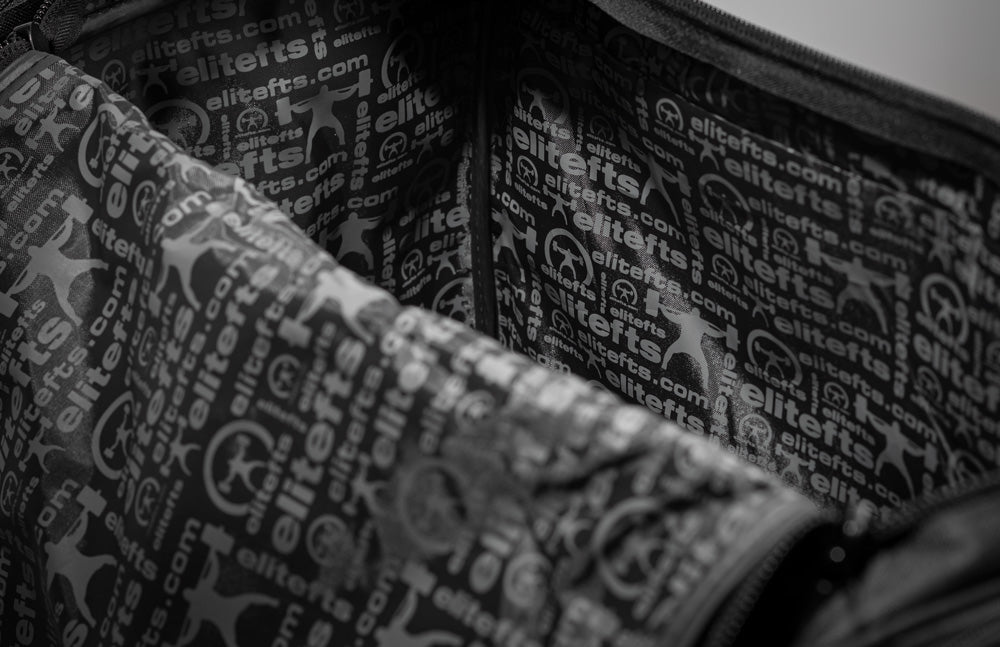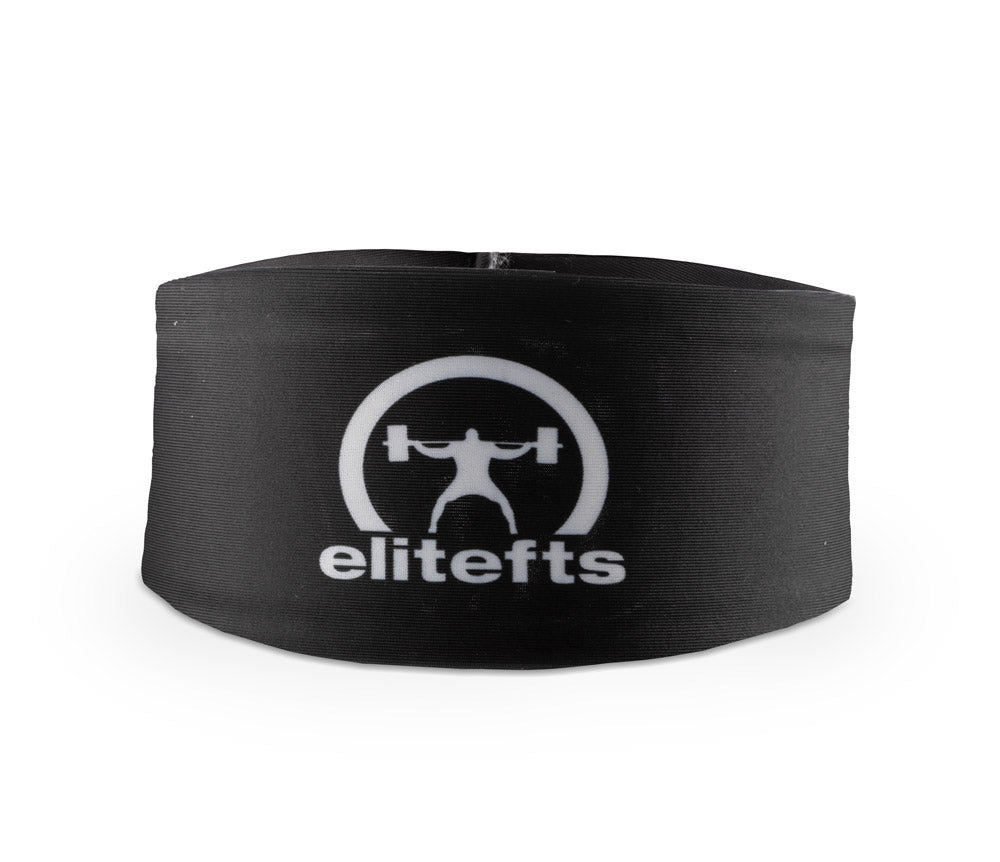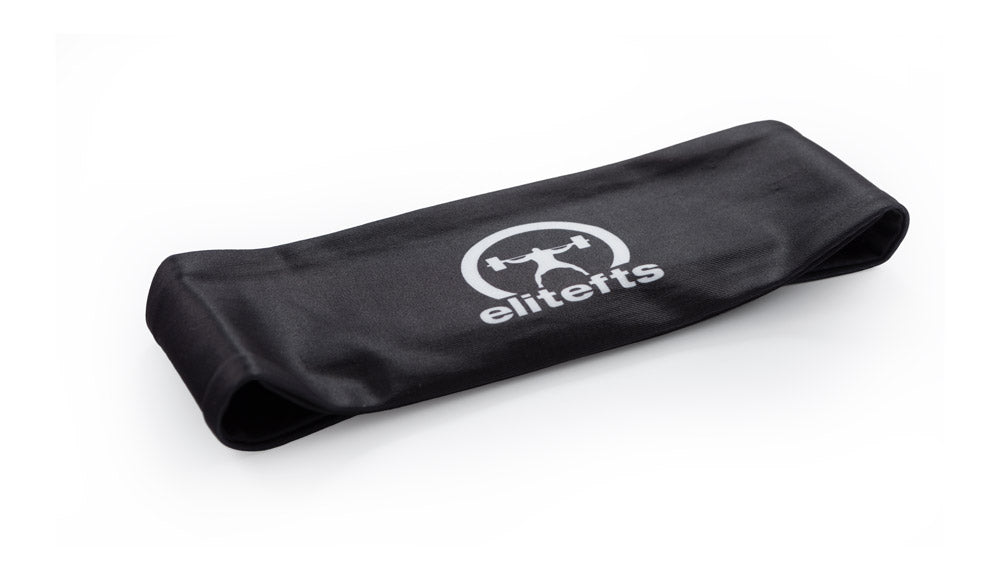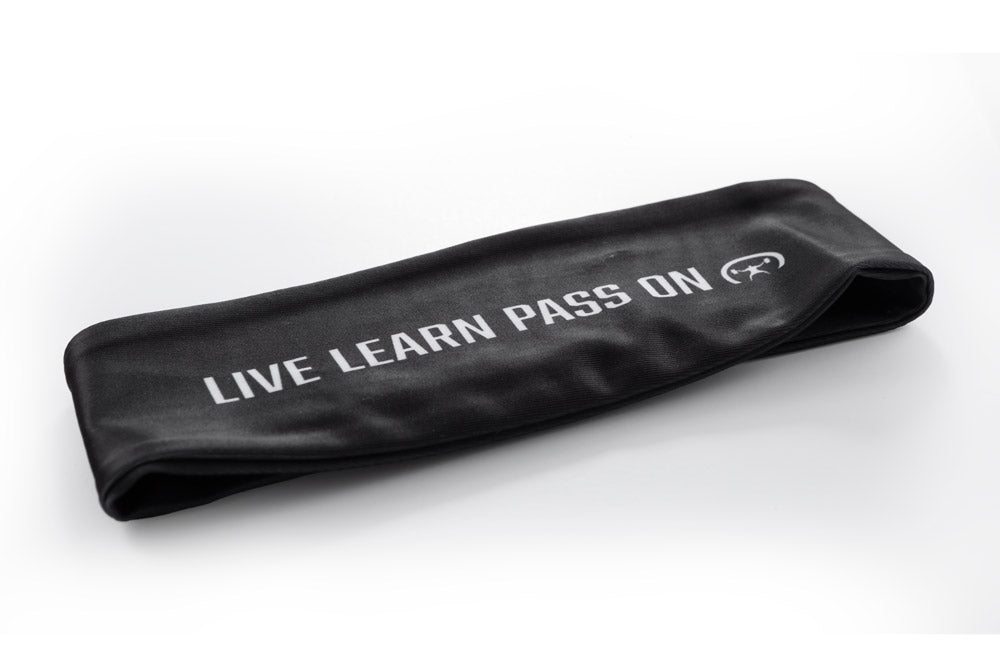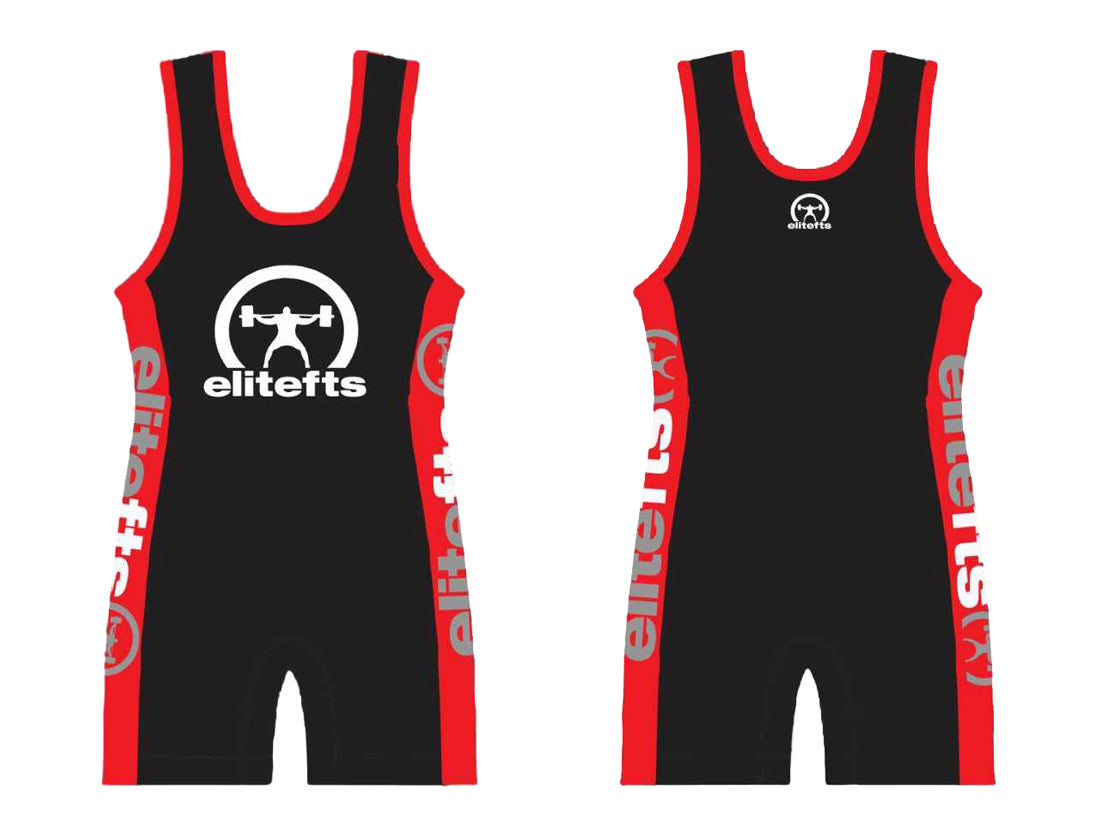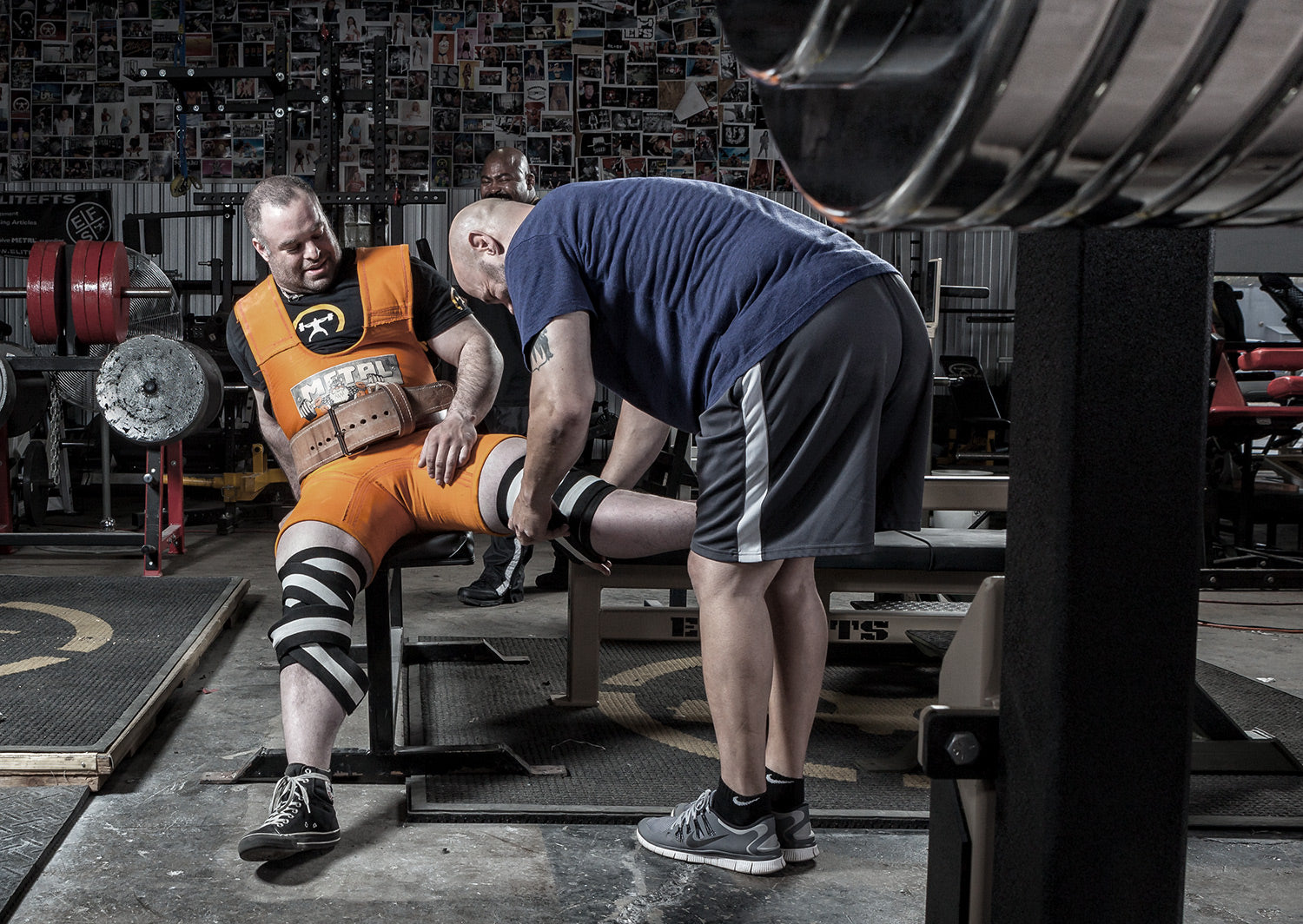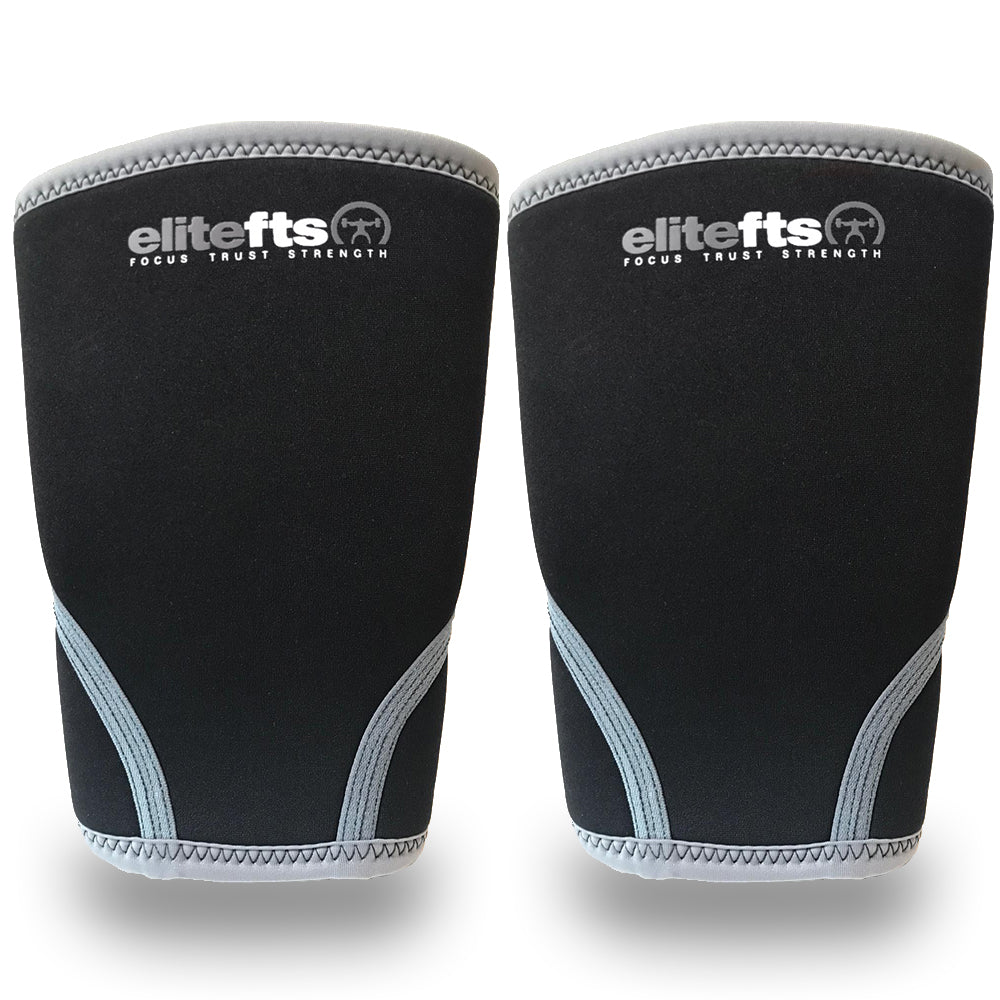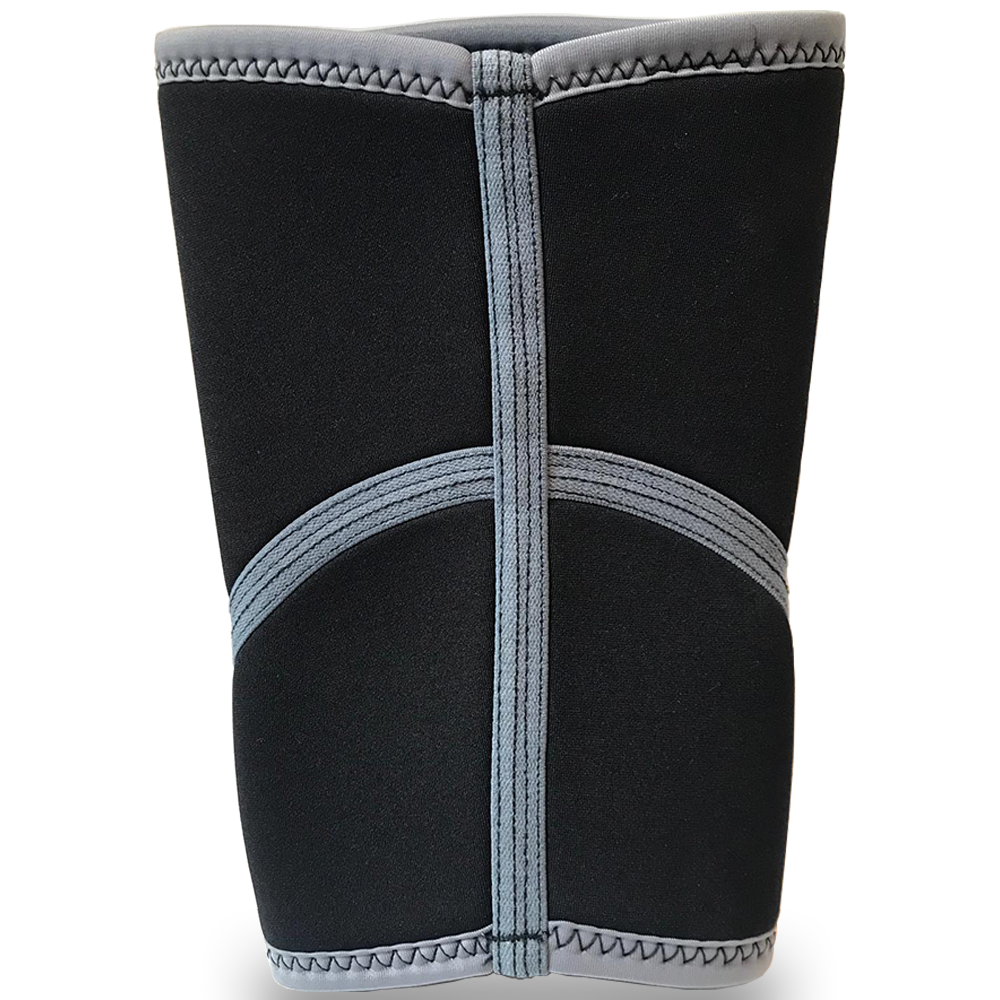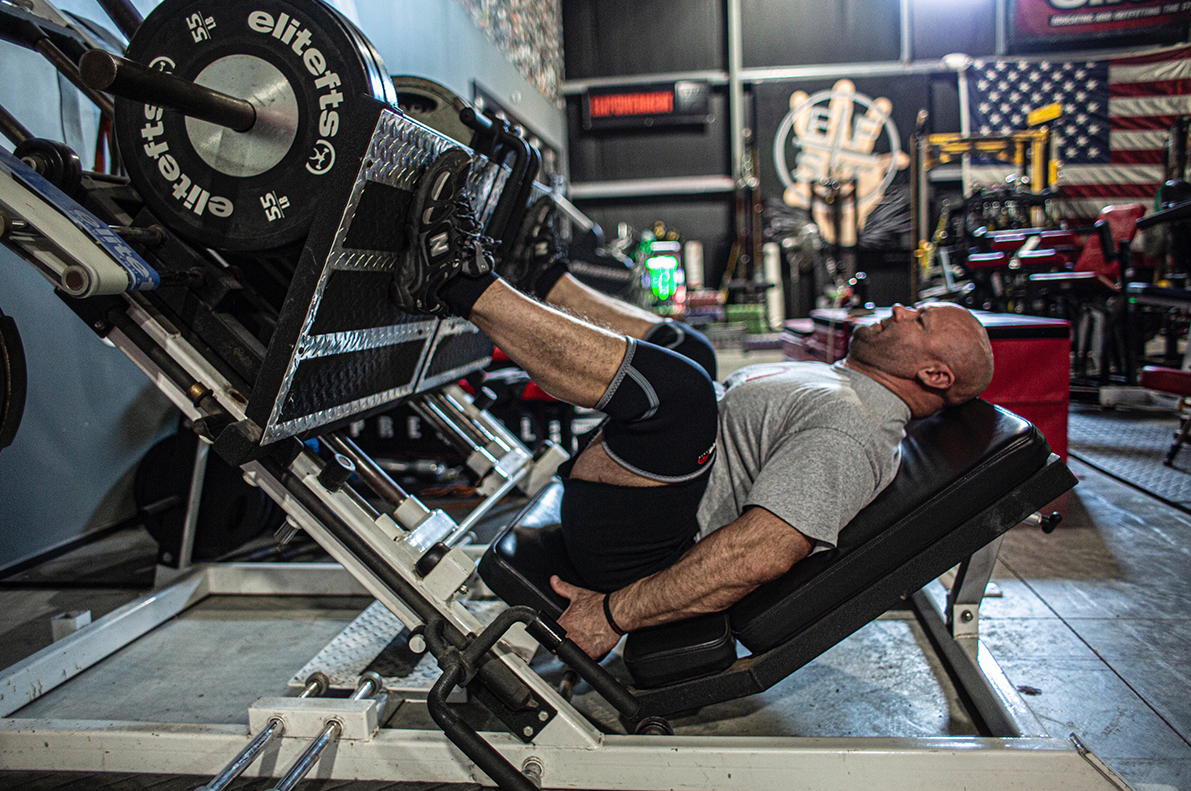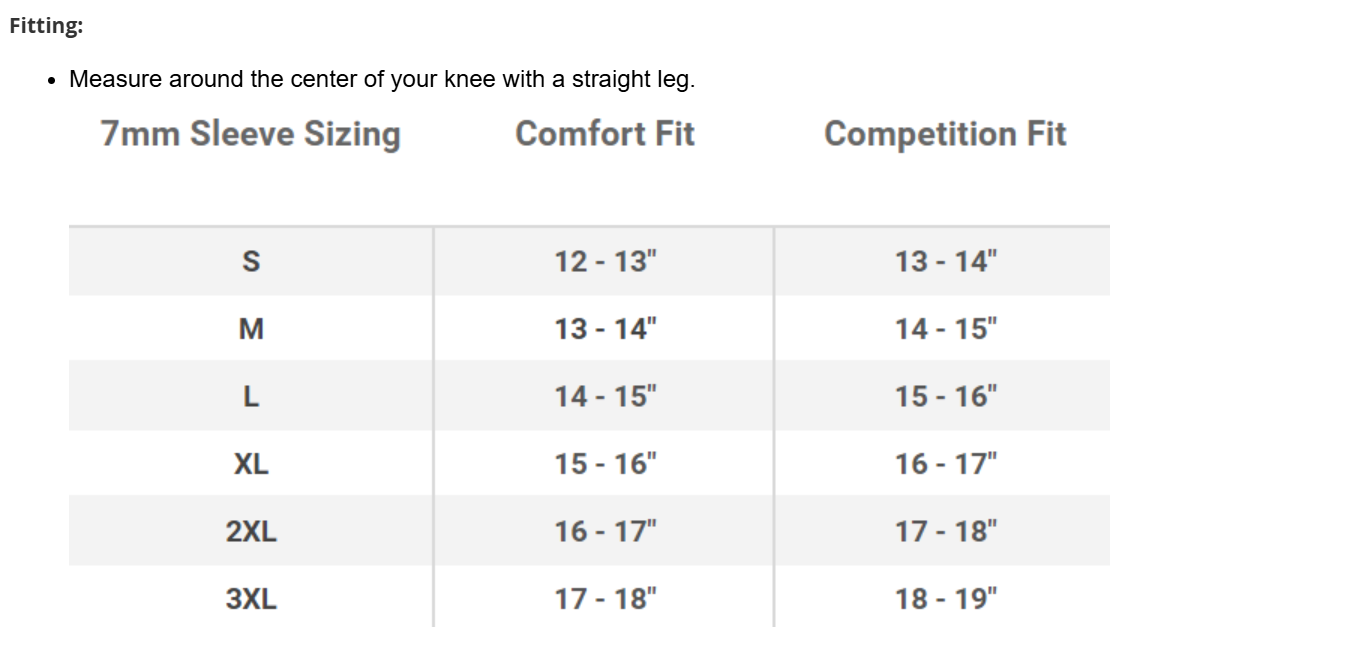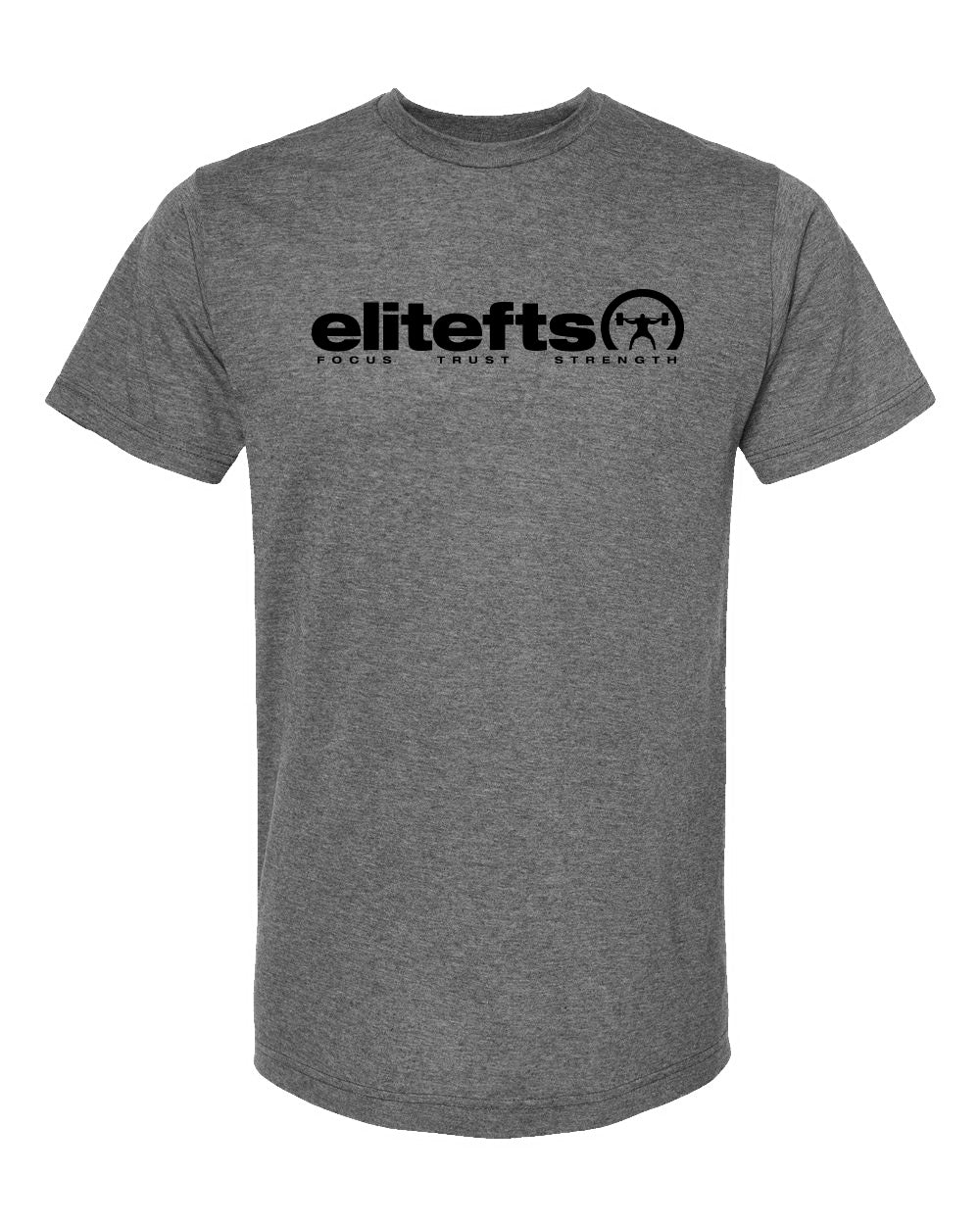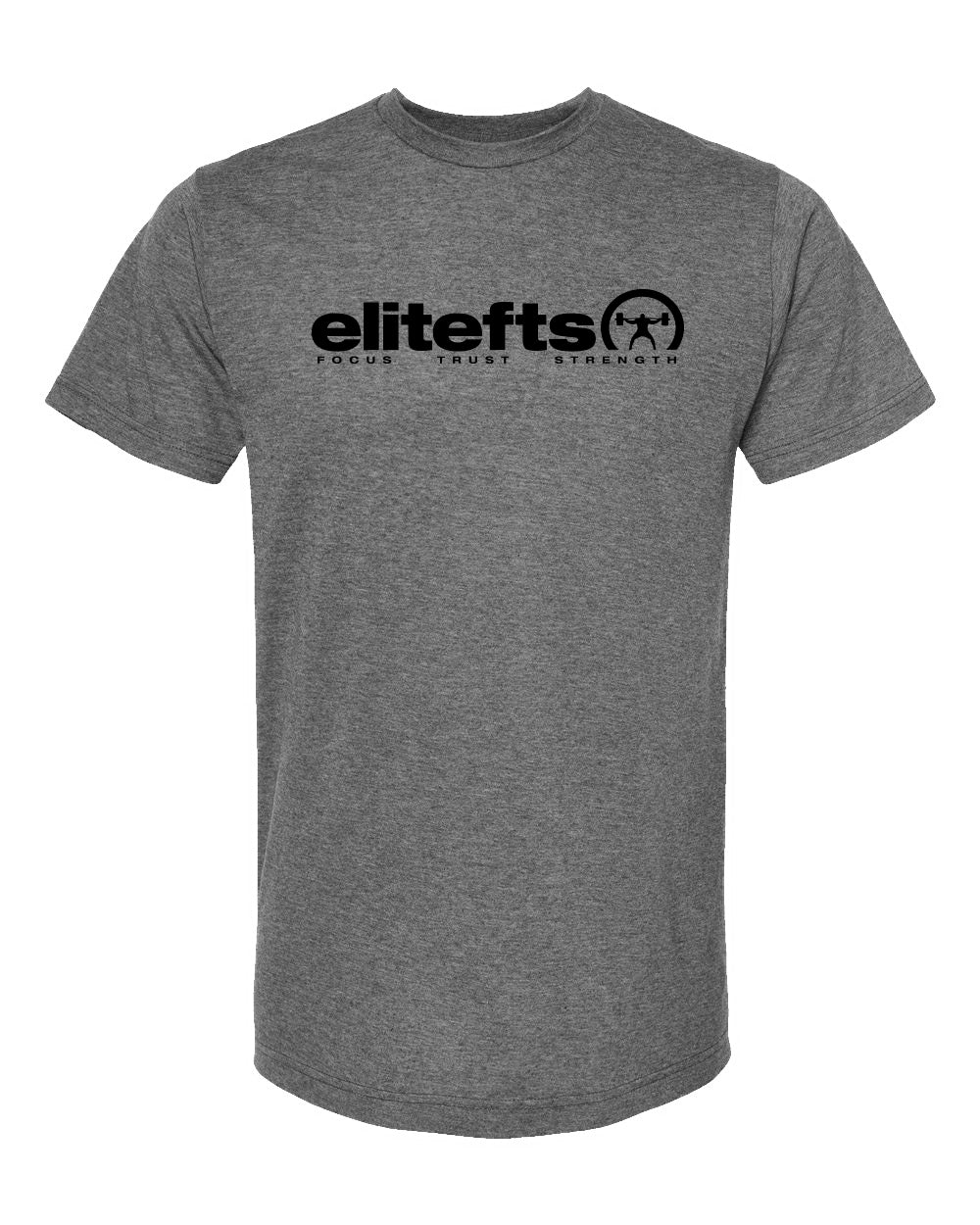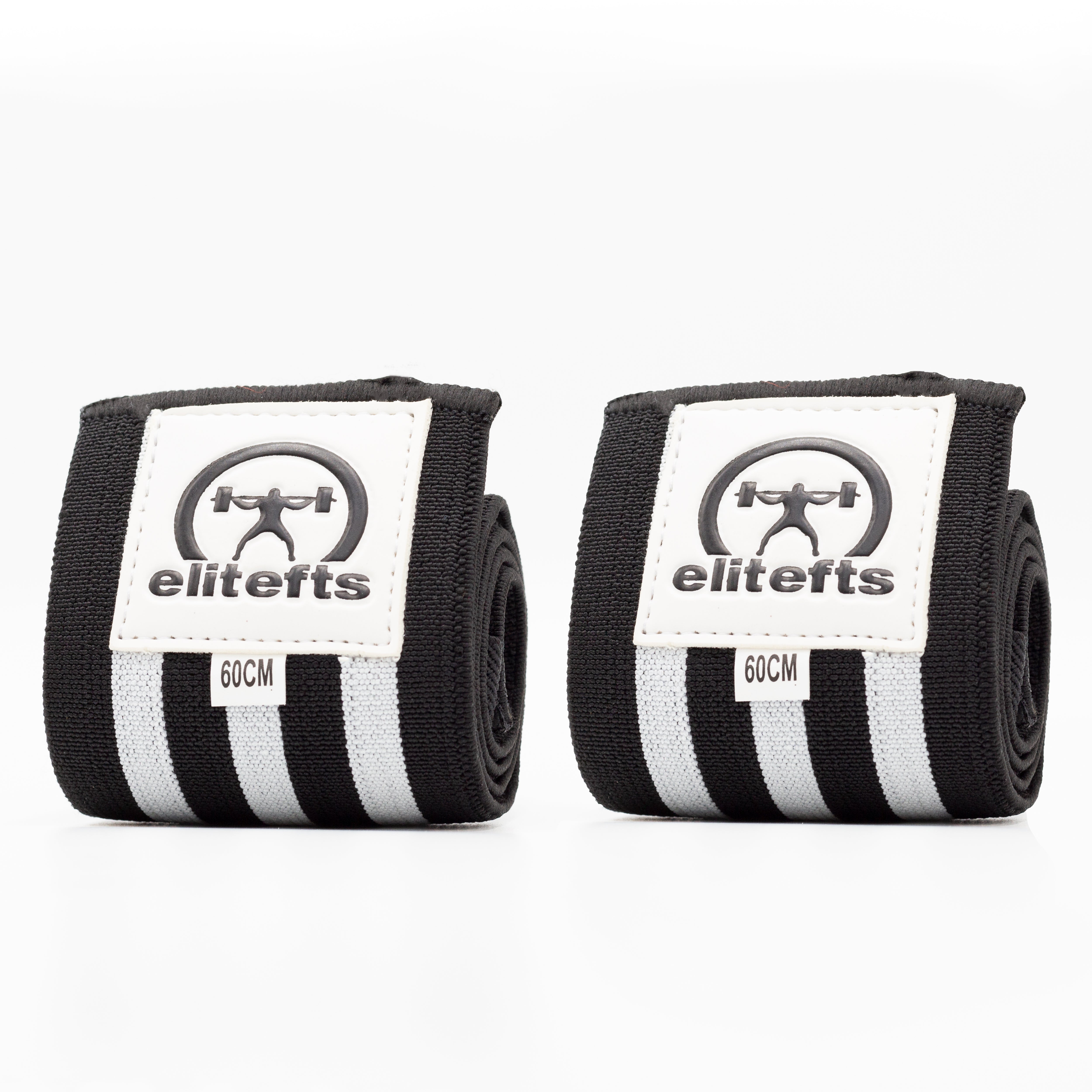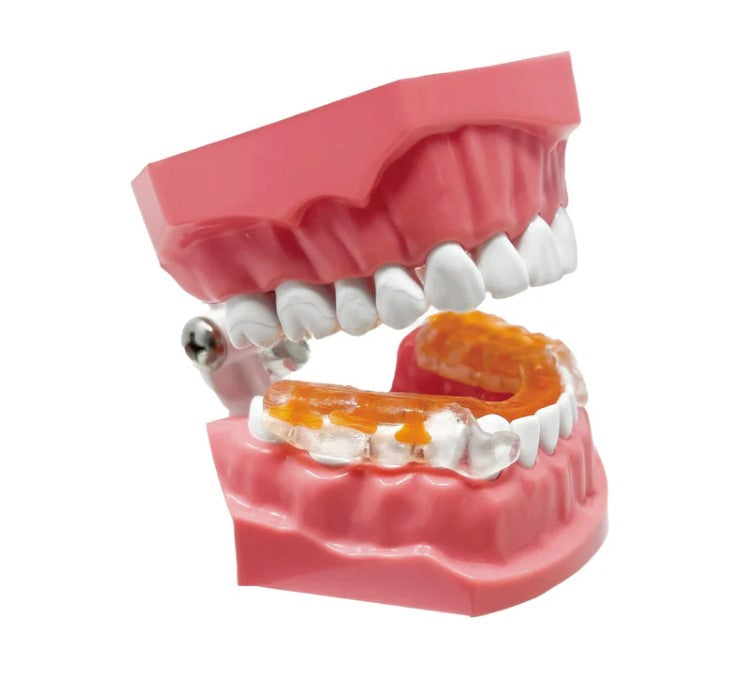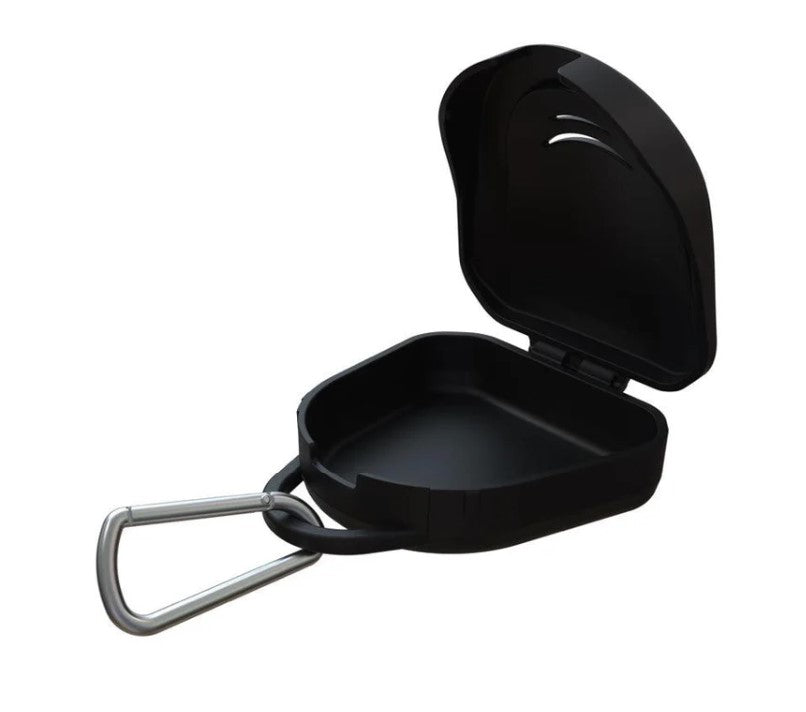
At some point in our lifting careers, we were all beginners. Anyone who has been lifting for a long period of time knows that it takes a lot of work, consistent training and a few competitions to gather some experience and progress from meet to meet to reach our lifting goals. We’ve all made mistakes in the past. That’s what helps us understand and learn what we can change moving forward, whether it’s working on grooving our technique, learning about our own weaknesses or preparing for a meet. Everyone is different, and there are many variables for each individual lifter as far as training, recovery, nutrition and meet preparation. That being said, there are many simple fixes that can be implemented right away with a little guidance and advice from seasoned lifters who can help somebody just starting out in powerlifting. Recently, I attended a professional raw competition in Toronto to visit some friends and watch some lifting. I think it's fantastic how many new lifters show up at meets and lift for their first or second time. Powerlifting definitely seems to becoming more popular. Every meet I’ve been to recently seems to be at capacity or very close to it.

Watching new lifters, I see so many simple mistakes being made, and many can be remedied with just a little advice. Some of the mistakes that I see people make when squatting are:
- Setting up with the bar not centered on the back
- Taking an uneven grip on the bar
- Taking too many steps to set the feet prior to squatting after the unrack
- Rushing the setup and squatting before being properly set up
- Not lining up the feet properly
- Taking an opener that’s too heavy
- Squatting with the head down
- Letting air out during the squat
- Allowing the knees to move forward and track inside
- Not allowing the weight to settle on the back before squatting
RECENT: Finding Peak Performance in Powerlifting Through Personal Coaching
Press your chest up to the bar in the center of the bar and try to place your back directly in the center. If you don’t have a handler to assist your setup, ask the rear spotter to make sure that you're centered. Get your feet set where you want them (if you're in a monolift). If you're walking the weight out, make sure you squeeze your shoulder blades together, pull your lats tight by pulling the bar into your back and brace your abs before you unrack the weight. It’s extremely important to keep your torso as tight as possible for the entire lift. If you’re walking the weight out, try to move one foot back and then the other to set your feet. (You don’t want to take several steps and move your feet more than necessary. Save your energy for your squat. Don’t use it up wiggling around too much prior to squatting.) Once you're set, keep your back and lats tight and your abs braced. Take a big breath of air into your diaphragm and push your belly against your belt. Push your hips back and open your knees. Keep pushing your knees out (think of twisting the floor with your feet) throughout the descent and ascent. Don’t let your knees get too far forward or collapse toward each other. Keep your head in a neutral position. If you look down during the squat, you will have a tendency to fall forward in the bottom, losing your tightness. Lock out your squat and wait for the rack command. Rack the bar. Make sure that you take your time and set up properly. There isn't any reason to rush the squat. If you feel like your setup isn’t right, re-rack the bar and set up again until it feels right.

Benching is the lift that seems to give people the most trouble. It’s rare to watch a flight of benchers and actually pick out a lifter who is doing everything right. Some of the mistakes that I see in benching are:
- Setting up flat on the bench
- Not setting the back or lats
- Not keeping the wrists under the bar
- Not controlling the bar on the descent
- Taking an opener that’s too heavy
- Letting air out during the lift
- Heaving the bar off the chest
- Collapsing or going soft at the bottom of the lift
- Keeping the head up on the descent
- Not driving with the feet
- Not waiting for the judge's commands
- Pushing the bar straight up or toward the feet

Deadlifting seems pretty simple, doesn’t it? Pull the bar from the floor and lock it out. Some of the mistakes I see when people deadlift are:
- Not setting the back and lats prior to pulling
- Pulling the bar when it’s too far away from the shins
- Using a grip that’s too wide
- Jerking the bar at the beginning of the lift
- Pulling with the head looking down
- Losing air during the lift
- Taking an opener that’s too heavy
- Hitching the pull
WATCH: Deadlift Tips on Tightness, Speed Pulls, and Hook Grip
Take your grip on the bar, whether double overhand or alternating, and squeeze the bar as hard as you can during the entire lift. Drop your hips down into a starting position, pull your shoulder blades together hard and tighten your lats. Sit back and try to get your shoulders over top of the bar or slightly behind. Take a big breath of air into your diaphragm, press your belly against your belt and hold it for the entire lift. Keep your head in a neutral position or slightly looking up and start the lift with your legs, keeping your back in a neutral position. Take the slack out of the bar, feel the tension in your arms before you pull, and once everything feels tight, pull. One of the biggest mistakes that I see is when people start the lift and the bar doesn’t move. Their butt comes up, and they have to pull the weight with their back instead of with their powerful leg muscles. This is usually the reason why people hurt their backs when deadlifting. When your legs are almost locked out, hinge at your hips and lock out the weight. Hold the lockout position until the judge gives you the signal to lower the bar. You’ll notice there are many similar tips that apply to each lift:
- Ensure your setup is sound
- Pull your shoulders together tightly
- Keep your lats tight
- Squeeze the bar tight
- Breathe into your diaphragm and push against your belt
- Stay tight for the entire lift
- Keep your air for the entire lift







